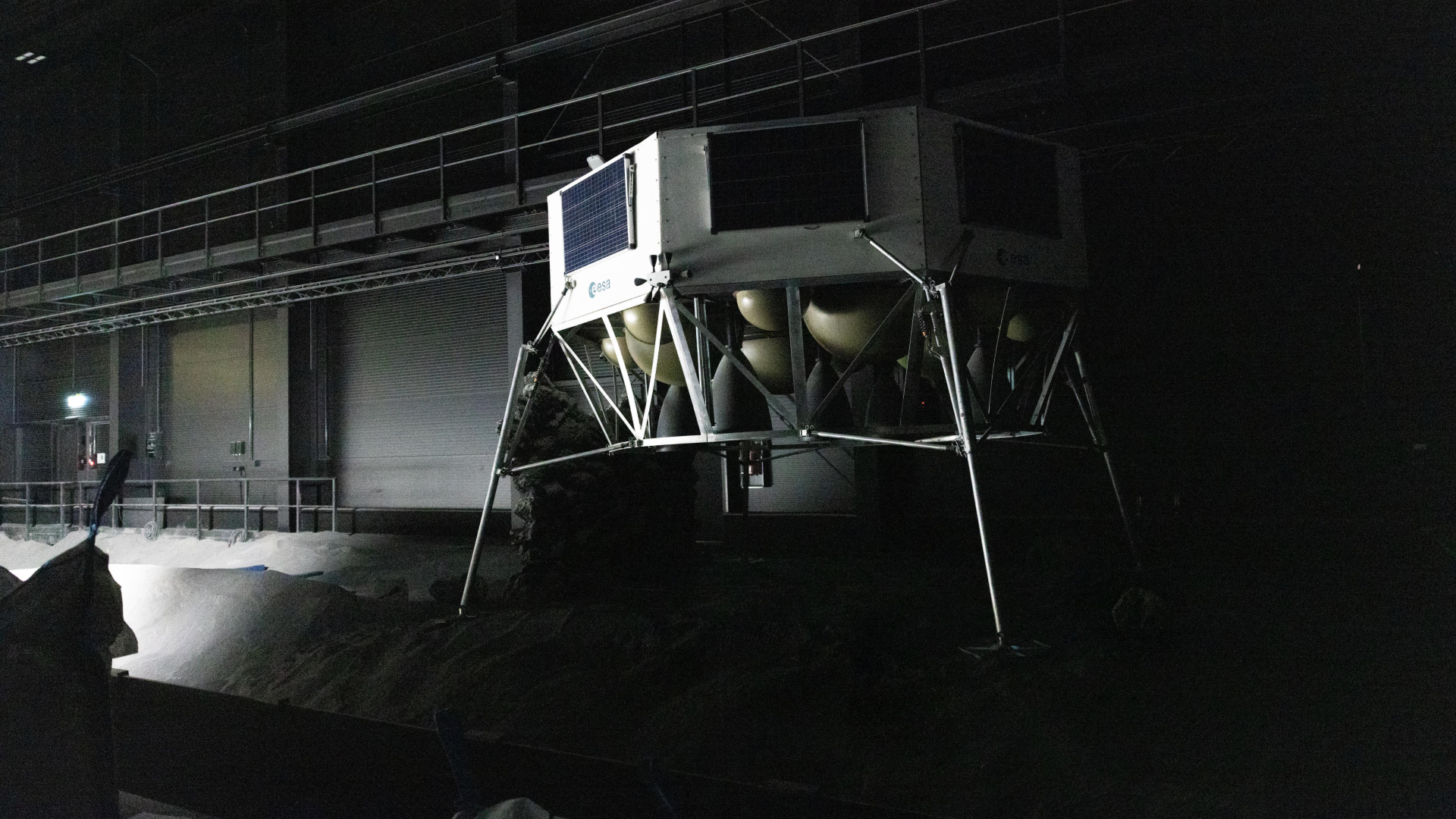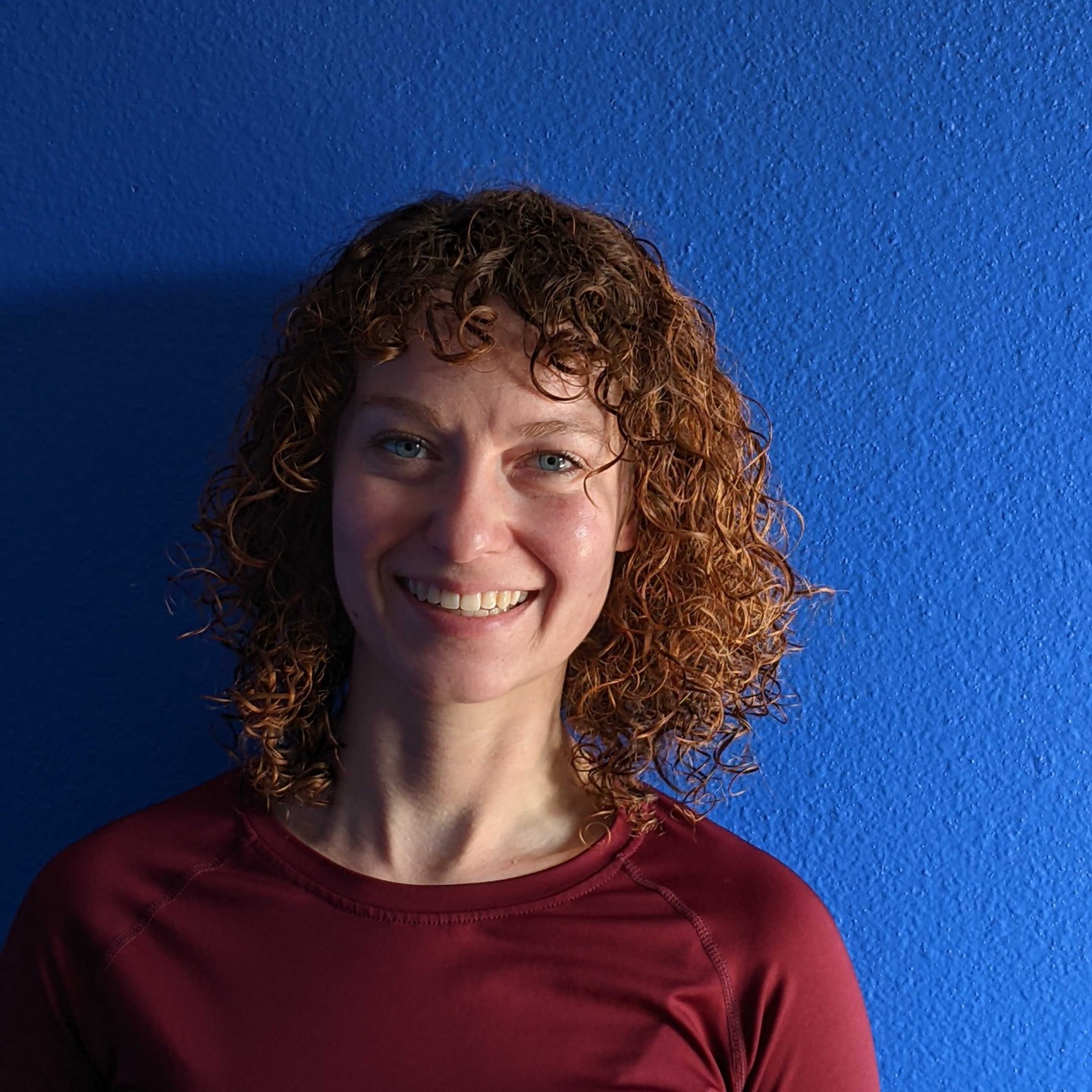ESA's lunar lander on a simulated moon | Space photo of the day for Oct. 27, 2025
Europe is taking bold steps toward a sustained lunar presence.

The European Space Agency (ESA) is entering a bold new phase of lunar exploration, setting its sights on establishing a sustainable and independent European presence on the moon. Building upon decades of international collaboration and innovation, ESA's lunar ambitions focus on supporting robotic and human missions as part of the global effort to return to the lunar surface in the coming decades.
Central to Europe's efforts are two major initiatives: the Argonaut lunar lander and LUNA, a lunar simulation and training facility.
What is it?
Argonaut is ESA's dedicated lunar lander program, Europe's planned autonomous, versatile and reliable transport system to the moon. The Argonaut will deliver up to 1.6 tons (1.5 tonnes) of cargo to virtually any location on the lunar surface.
The lander's cargo will include essential supplies for the astronauts, food, water and oxygen, along with scientific instruments, communication systems, power generation units and even rovers.
Unlike the Apollo missions of the past, Argonaut is being designed to survive the two-week lunar night, when temperatures plummet to -274 degrees Fahrenheit (-170 degrees Celsius).
Where is it?
This image was taken in the LUNA facility near Cologne, Germany.
Why is it amazing?
To test the robustness of Argonaut, the ESO and German Aerospace Center (DLR) established LUNA, an advanced lunar analog facility in Germany. This "moon on Earth" serves as both a research laboratory and astronaut training ground, designed to mimic many of the extreme conditions found on the surface of the moon.
Breaking space news, the latest updates on rocket launches, skywatching events and more!
The deep floor of the LUNA testbed allows for sampling and drilling up to nine feet (three meters) below the surface, enabling scientists and engineers to test technologies for resource extraction, mobility and construction. The facility also replicates the moon's intense sunlight, harsh shadows and dust-laden environment, providing a realistic setting for testing equipment like Argonaut.
Want to learn more?
You can learn more about lunar simulations and lunar landers.
Kenna Hughes-Castleberry is the Content Manager at Space.com. Formerly, she was the Science Communicator at JILA, a physics research institute. Kenna is also a freelance science journalist. Her beats include quantum technology, AI, animal intelligence, corvids, and cephalopods.
You must confirm your public display name before commenting
Please logout and then login again, you will then be prompted to enter your display name.

